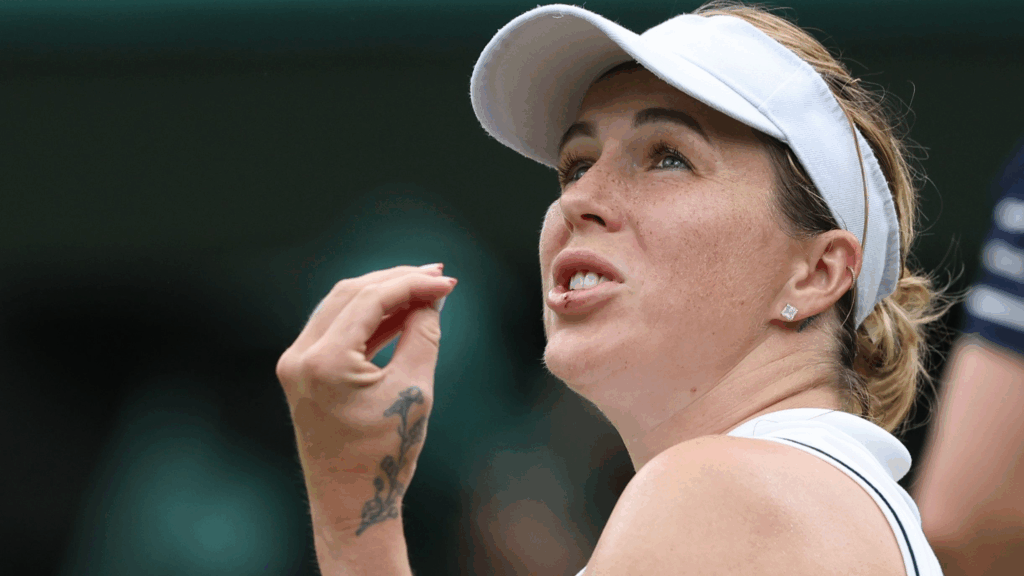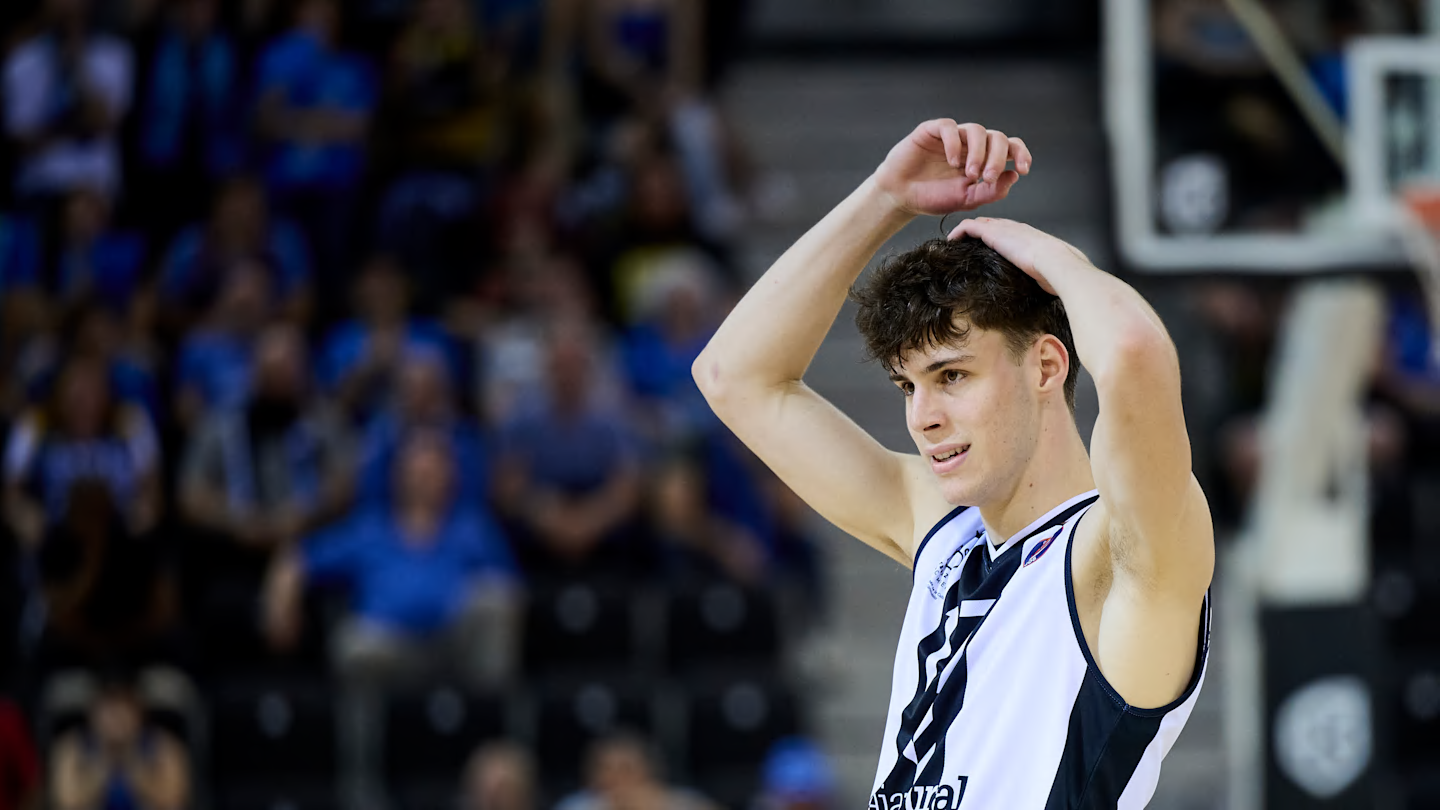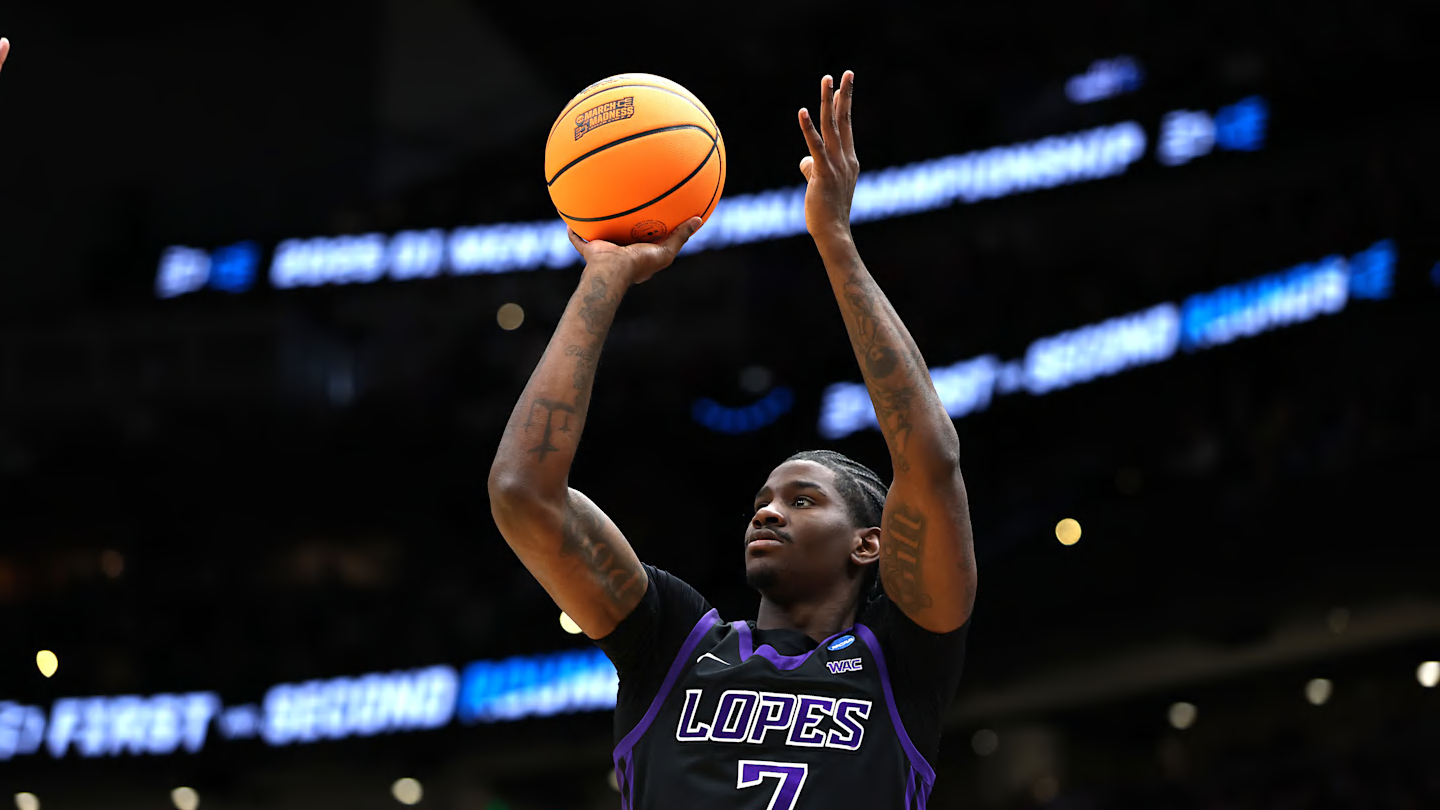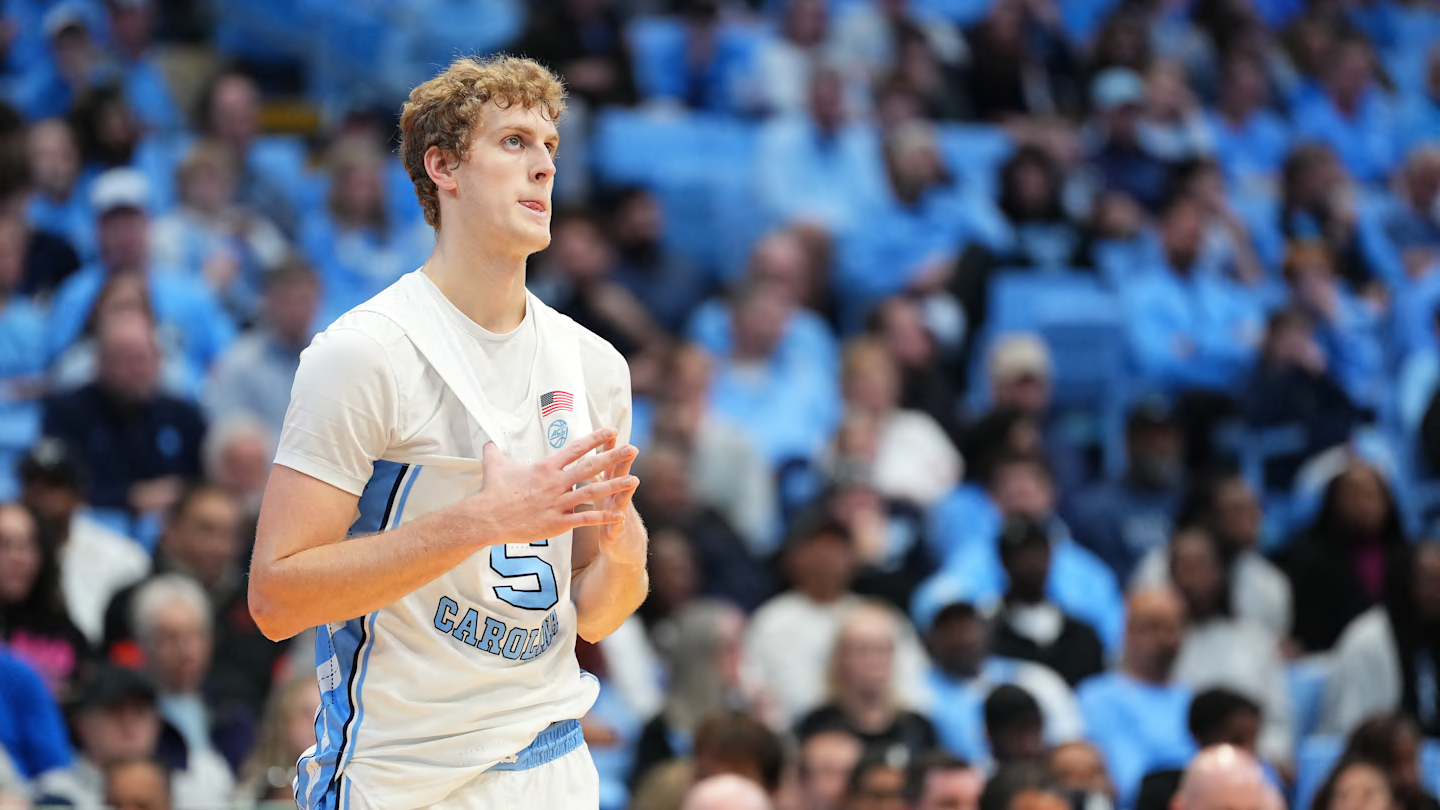Braeden Smith and the Next Evolution of Gonzaga's Point Guard Lineage
Next season’s heir apparent to the point guard throne, Braeden Smith, might be the most important variable in Gonzaga’s 2025–26 season. A redshirt transfer from Colgate and 2024’s Patriot League Player of the Year, Smith spent last season in Spokane under the tutelage of Ryan Nembhard, the country’s most prolific passer and the organizing force behind one of the most efficient Gonzaga offenses in program history. Now, one of the most demanding roles in college basketball belongs to him.
With the the addition of Adam Miller, the return of Steele Venters, the impending(?) commitment of Mario Saint-Supery, and the upward trajectory of Emmanuel Innocenti, Gonzaga’s backcourt for 2025–26 is a lot to be excited about, but it’s also totally untested. And the process of building chemistry may define Gonzaga’s upcoming season as much as any individual performance.
What should give fans some confidence is what Smith brings into that process: two seasons as a starter at a highly successful mid-major program, a year of daily reps in Gonzaga’s legendary redshirt system, and the ideal mentor in Ryan Nembhard—literally the best to ever do it. The learning curve will be steep, but it won’t be unprecedented.
The 2024–25 season set a nigh unreachable standard for point guards in Gonzaga’s system. Ryan Nembhard led the nation with 9.8 assists per game and finished the season with 344 total, the fifth-most in a single season since the NCAA began tracking the stat in 1973. He wasn’t just the best passing point guard in Gonzaga’s history, but one of the best ever in college basketball.
His impact showed up everywhere: top ten nationally in assist-to-turnover ratio (4.0), first in assists per possession (.270), and a Gonzaga offense that ranked first in team A/TO, eighth in assists per made field goal, and second in total field goals per game.
(It’s a drum that’s been beaten before, but the fact that he wasn’t a finalist for the Bob Cousy Award defies logic. He was the country’s most productive passer and the engine of its most efficient offense. His omission will remain among the most egregious snubs in recent college basketball memory, and one he has been on the warpath to rectify through his stellar performanes at the G-League and NBA Draft combines.)
Those are the big shoes Braeden Smith steps into. Fortunately, Gonzaga’s track record with redshirting guards is exceptional. The last point guard to spend a year in Gonzaga’s development pipeline before stepping on the court was a guy named Nigel Williams-Goss during Gonzaga’s 2017 NCAA Championship run. Joel Ayayi also redshirted and became one of the most complete backcourt players in Few’s tenure. Dan Dickau sat a year after transferring from Washington and left as a consensus All-American. Zach Norvell missed his first season with an injury and came back prepared to play major minutes. Across each of those cases, the redshirt didn’t delay anything, it gave the system time to take hold.
Smith is very likely the next in a long lineage of productive guards who benefited tremendously from a year on the bench, learning the ropes, and in 5 short months, he steps into the spotlight.
Before he ever put on a Gonzaga uniform, Braeden Smith had already started 70 straight games at Colgate, played in back-to-back Patriot League title games, and won Tournament MVP as a sophomore. He played with pace, vision, and command from the moment he stepped on the floor.
In 2023–24, he averaged 12.5 points, 5.6 assists, 5.5 rebounds, and 1.9 steals per game. His 196 assists ranked 25th nationally, and his 5.6 per game placed him 28th, despite Colgate running one of the slowest offenses in Division I (263rd in adjusted tempo, per KenPom). He operated with fewer possessions, less spacing, and tighter margins—and still put up numbers that stack favorably against guards from high-major programs. His assist rate sat at 33.8%, and he posted a 2.42 assist-to-turnover ratio, including a career-high 10-assist game against Boston University in February. He wasn’t surrounded by elite shooters. He just knew where the ball needed to go, and how to get it there.
He shot 50.2% on twos, showing real touch inside the arc, and drew 3.9 fouls per 40 minutes with a .406 free-throw rate—a number that nearly doubles what Ryan Nembhard produced last season. The three-point percentage (31.1%) doesn’t pop, but the stroke is clean in rhythm, and his willingness to let it fly from deep keeps defenders honest. His overall FG% (39.3%) and FT% (78.6%) reflect a guard who doesn’t waste possessions and stays dangerous when angles close.
His rebounding ability is what really sets Smith apart from his predecessor. He pulled down 5.2 defensive rebounds per game—183 total, tied with Graham Ike and more (by far) than any guard on Gonzaga’s roster. That’s more than Nembhard and Hickman combined. He would’ve ranked second on last year’s team in total rebounds per game, ahead of Michael Ajayi’s 5.4 RPG. He doesn’t wait for the outlet pass to get moving in the other direction. He grabs the miss, turns upcourt, and triggers the next action before the defense has time to recover.
And he’s stepping into a system built to reward that instinct. Gonzaga returns two of the most efficient frontcourt scorers in the country in Ike and Huff. ASU transfer Adam Miller hit 42.9% from three at Arizona State. Steele Venters is a career 40.3% shooter from deep. Smith doesn’t need to slow things down or pull the strings possession by possession. He needs to read space, find mismatches, and let the offense open up around him.
He also brings an aggressiveness and an edge that last year’s backcourt often lacked. He follows shots and operates well in space, crashes into the action when possessions stall, and pulls the ball down in traffic with the same urgency he uses to push it back up the floor. He’s not afraid to force the issue and call his own name when things get gummed up. Nembhard gave Gonzaga structure and control. Smith plays with momentum and feel. If the system looks different this season, it’s because it has the freedom to be.
Smith’s not a tactician in the halfcourt the way Nembhard was, and instead plays with more urgency, more improvisation, and more willingness to shoot when rhythm and space align .Braeden Smith operates best when the defense hasn’t finished getting organized, and the sheer speed with which he plays ensures that they rarely do.
— Global Scouting (@GlobalScouting_) March 16, 2024Braeden Smith (Colgate)
Smith a 6-foot lead guard that’s a big time competitor with nice on-ball creation skills. He’s a true point guard as he led the Patriot League in assists per game. He also has very quick hands on defense and led the Patriot League in steals per game.… pic.twitter.com/OLY90Pm5XE
He’s especially sharp as a passer when working from the perimeter—finding shooters early, hitting cutters in stride, and rarely overcomplicating a look. Colgate didn’t run a high-low screen-heavy system, so his comfort in high pick-and-roll scenarios remains untested, but if he can build rhythm with both Graham Ike, Gonzaga will once again feature as a top-25 offense. If he can build chemistry with Graham Ike and Braden Huff, Gonzaga joins the top 10 conversation.
Granted, there are also minor reasons for tempered expectations with Smith. At 6’0” and roughly 180 pounds, Smith will be one of the smallest starting point guards in Division I. That lack of size creates obvious concerns on both ends, especially with a similarly undersized Adam Miller as his backcourt counterpart. Defensively, he may struggle to contain bigger, more physical guards off the dribble or fight through screens without getting erased. On the other end, he’s more likely to get walled off in the paint or deterred by length when attacking closeouts. His feel, speed, and rebounding instincts help offset some of those mismatches, but at this level, there’s nowhere to hide.
Luckily, the size disadvantage is nothing Gonzaga hasn’t found a way to countenance before. Nembhard and Hickman faced similar limitations, and while Smith may give up some strength to opposing guards, he compensates with foot speed, active hands, and a defensive style that disrupts rather than absorbs. If the Nembhard-Hickman tandem can ultimately become a reliable defensive option on the perimeter, so can that of Smith and Miller.
That transition doesn’t have to feel like a drop-off even if Gonzaga’s efficiency numbers take a dip under Smith (they most certainly will, Nembhard was just that freaking good). The redshirt year was the plan all along because this offense is incredibly tough to run as a point guard and Gonzaga is entering the upcoming season without its most effective floor marshal in program history. But, as history has shown, the system works, and if it works well, fans are about to see in Smith a player who already understands the reads, already knows the spacing, and already fits the tempo. That’s a rare advantage in the transfer portal era, and not one the Zags have had since NWG (and we all know how that turned out).
Ryan Nembhard leaves behind one of the most complete seasons the program has ever seen, undeniably, and Braeden Smith inherits a lot of high expectations. But he also steps in with a different set of tools, a different rhythm, and a roster built to move with him. Gonzaga isn’t starting over—it’s turning the page. There’s already a deadly frontcourt, more floor spacing options, more perimeter firepower, and more freedom for the offense to take shape around instinct and momentum as opposed to a reliance on a surgical evisceration of opposing defensive schemes.
What Smith brings to the table doesn’t look the same, but it might be exactly what this team needs.











